Questioni woke this morning to find all but 4 of my fish dead. 2 tomato clowns 1 4 striped damsel pink skunk clown 2 yellow tail damsels all dead...i have lawn mower bleeny mandarin goby another clown and one striped damsel left but they were sluggish and laying on the bottom my snails hermit crabs cody and bubble tip anemone were all fine and active my polies were all open and thriving...i did a water change yesterday and cleaned my tank ..then all dead this morning..checked levels were within check slightly high due to the dead fish but nothing to set off any alarms..i did another 20% water change and the other fish that were still alive got active and swimming normally...now im clueless as to what happen..i have a 75g 2 high powered filters 3 powerheads and like i said all parameters were within almost normal range..any help would be appreciated.
AnswerHi Carrie,
Sorry to hear about your fish dying.
Unfortunately, it would be extremely hard for me to pinpoint exactly what went wrong with your aquarium, unless I was there in person, and able to examine it and test it for myself.
I can recommend the following:
When doing water changes, do more frequent, but smaller water changes, like 15% to 20% versus less frequent 50% water changes. This helps to not off-set the parameters as much (all at once). This gives your aquarium water a chance to re-gain it's ionic/molecular structure, and balance itself once again without causing harm to your aquarium inhabitants.
If you haven't already started using Reverse Osmosis and/or Reverse Osmosis Deionized water for your top-offs and water changes, then you will want to start doing this. You can get this filtered water from most local fish stores, or you can purchase a RO and/or RO/DI unit, and make this water at home yourself. Use a good synthetic salt mix.
If you don't test your water for phosphates, you will want to start doing this. Having high phosphates levels can off-set water parameters, causing problems. You can pick-up a phosphate test kit at your local fish store, or from your favorite online aquarium store. Once you test your aquarium water, you will then know if you need to take any necessary measures to get the phosphate levels down. Typically high phosphate levels are caused from tap water, fish foods, fish additives, and even some less than quality synthetic sea salts.
You may want to start adding magnesium to your aquarium water. You can pick-up magnesium from your local fish store, or from your favorite online aquarium store. This trace element works in conjunction with calcium, to buffer your water, to keep the pH level stable. Maintaining a pH of at least 8.0 is important. When dosing make sure to follow the manufacturers requirements on the bottle. For further information on water parameters, see the following link below.
http://www.ocreef.com/page.php?page=water-conditions
If you don't already use a good beneficial bacteria, to boost your aquariums pre-existing bacteria colonies, then you may want to start doing this. You will want to add some at least once a month or with every water change. Having an abundance of beneficial bacteria is very important, because these micro-organisms are what process all of the remaining micro-nutrients in the water, including fish waste, and uneaten fish food. Two good products that I can recommend are Brightwell Aquatics MicroBacter7 and Biozyme. See the links for further information on these products. I personally prefer the Brightwell Aquatics MicroBacter7 and use it in all of my aquariums.
http://www.ocreef.com/brightwell_aquatics_microbacter7
http://www.petland.com/aquarium-products-biozyme-saltwater-8gph.html
My last bit of advice, would be to make sure you quarantine any new additions first, including fish, invertebrates and corals, before introducing them into your main show tank. Most marine animals sold in your local fish store are wild-caught, versus being raised in captivity also known as Aqua-Cultured, therefore typically there is a great chance that these new wild-caught additions have "something" in terms of a parasite and/or disease, and adding that "something" to your system can result in added costs, multiple fish deaths, and down time. It is far better to quarantine any new additions for about four to eight weeks, prior to introducing them into your main show tank. A quarantine tank does not have to be an expensive elaborate set-up, it can be as simple as a 5 gallon aquarium, with a sponge filter. Marine-land's Eclipse aquarium comes to mind, when I think of a good small quarantine aquarium. See the link below for an example of this aquarium.
http://www.ocreef.com/marineland_eclipse_explorer_ii_aquarium_kit
I wish you the best of luck with all your saltwater fish endeavors!
Regards,
David

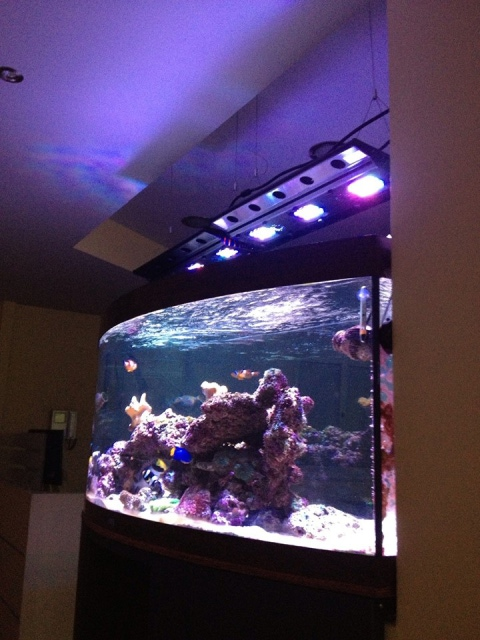 About to Buy Lights
QuestionListen, i set up a 38 gallon Aquarium, its basi
About to Buy Lights
QuestionListen, i set up a 38 gallon Aquarium, its basi
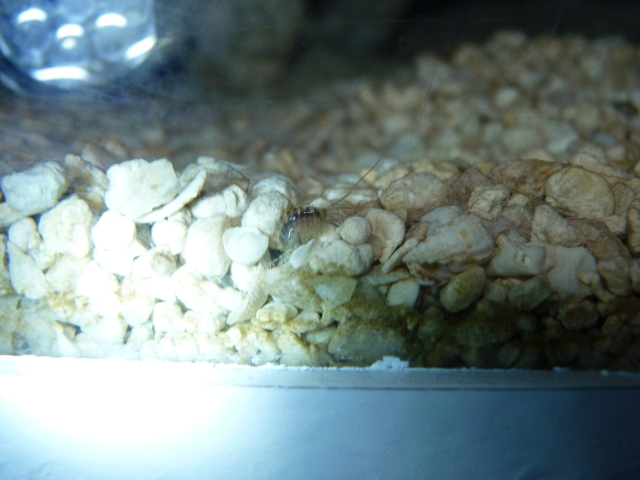 strange critters
QuestionQUESTION: I have a 65 gal saltwater set up 30 d
strange critters
QuestionQUESTION: I have a 65 gal saltwater set up 30 d
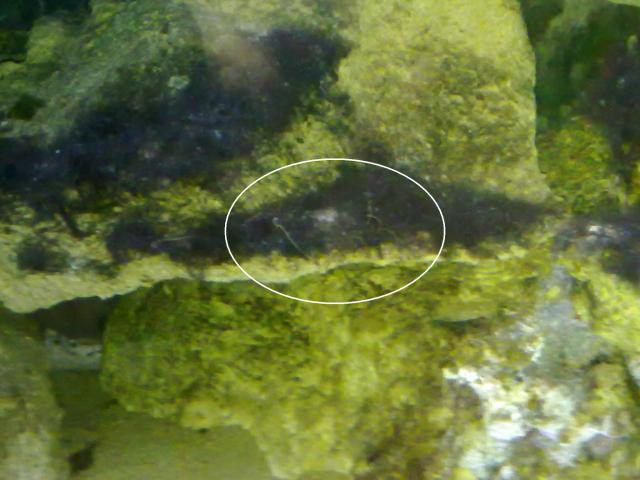 Funny orange fiberous worms in tank
Question
The pic of worms
Hi there, i have some fibrous
Funny orange fiberous worms in tank
Question
The pic of worms
Hi there, i have some fibrous
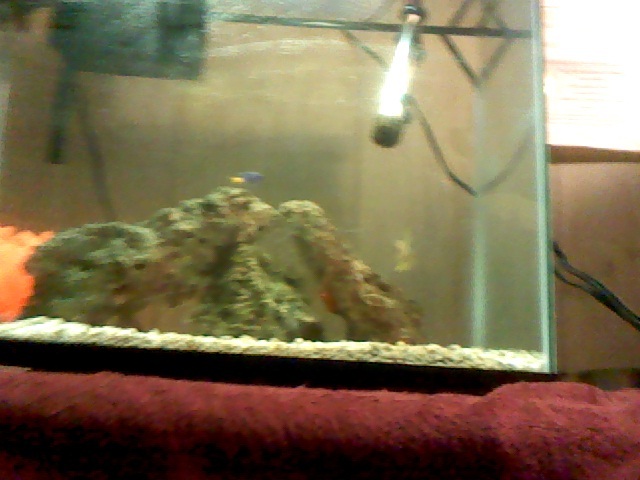 aqurium light
Question
my tank
hello, I have a 14 gallon aquarium tha
aqurium light
Question
my tank
hello, I have a 14 gallon aquarium tha
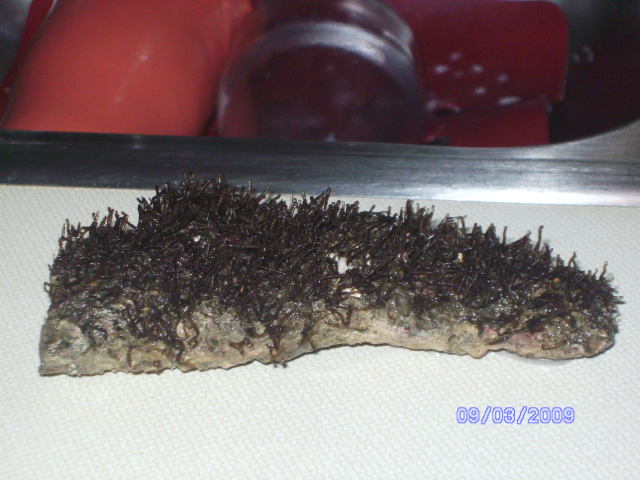 Something on my live rock
Questionlive rock
QUESTION: Can you identify thi
Something on my live rock
Questionlive rock
QUESTION: Can you identify thi